I ask Aline…
“Well, he is a sexist, racist, antisemitic misogynist,” she says.
Does he agree? “Oh, I guess all that stuff is in me, sure. I wouldn’t say I’m an out and out racist or proud or amused by the idea of racism but we all grew up in this culture…[…]…Those things are complex, y’know. They were as much about what was going on inside white people as their attitude to black people. I liked the idea when I was doing that stuff of making things that looked as if they were one thing but were actually something else.”
* * *
The first comic (c. 1920) by the “last” outsider cartoonist is morally ambiguous.
The artist’s name is Russel Deiner and the comic is presented in an envelope “made of the same folded and glued paper” as the drawings. Each envelope is crowned with a portrait of a Klansman and the title “Ku Klux Klan.” Their similarity with the comics of fandom do not end there. Each is stamped with a mark of ownership and authorship, as would be done by any self-satisfied artist.
The comic itself is almost subdued in its technical transcription if not facility.
The members of the Ku Klux Klan congregate to build a cross and burn it in the course of 8 panels. The wooden planks which make up the cross are depicted studiously but amateurishly in two dimensions as opposed to the attempt at depth in the depiction of the assembled Klansmen in the second panel. There is a fitful interest in perspective. It seems of secondary concern.
The atmosphere here is not one of fear but of fascination—a deep enchantment with the lighting of the cross and its illumination of the encroaching darkness. Everything suggests an artist engaged in an attempt to record his own testimony or participation in an event which began in the moderate light of dusk before ending in early dawn; the bare backgrounds shifting from the white light of bare brown paper to the light crayon marks of half-daylight. The sixth panel captures the moment of disruption, when the supports finally break through and the cross crumbles to a heap of burning shards before wasting to embers in the final panel.
A “true” story perhaps. Or could this scene be a work of solemn imagination, the work of someone recording an event as one would a nativity scene during a celebration of the Advent?
Arthur Keller’s picture of two Klansmen (from The Clansman) standing erect above a fallen black victim is presumably imagined but much more specific in its motivation.
The second story by the “last” outsider artist is more studied in its appreciation of the act of burning crosses.
Much more than in the first comic, it suggests above average powers of observation, beginning first with the yellow flames of initial combustion before simulating the diffuse light of the fire in the crimson night sky. Flames like a geyser of blood pour forth from the redeeming article of the cross.
The members of the Klan are largely absent, two shrouded figures seen considering the cross in the second panel, standing mute and inactive, a testament to the (falsely) avowed purpose of the burning cross as noted in Thomas F. Dixon, Jr.’s The Clansman and D. W. Griffith’s The Birth of a Nation—a call to arms.
Absent of course are the targets of this cross burning. They lie at the edge of darkness, quite unseen, perhaps looking defiantly out at this pageantry like the artist, charting the progress of the ceremony and its denouement. Perhaps cowering in their beds. Perhaps a mass of tangled lines like the mangled heap of brush strokes at the bottom of Keller’s infamous illustration.
Then the fire is doused by a man dressed in green and the same man sent to prison.
A seemingly innocuous act rewarded with incarceration.
The man is unhooded, perhaps acting against the will of his neighbors and disrupting the carefully orchestrated festivities. Or is this man dressed in green a Klansman, taken forcibly to a brick-lined labyrinth where he smiles placidly back at us with the satisfaction of a job well done—the Minotaur in his lair. Is the man in green the artist himself?
The auction description for these two items is considerably less cryptic:
“As a child of about six, Russel Deiner attended Klan rallies with his father and the scenes he witnessed inspired his child-like, but artful, renditions of what he saw. As an adult he was an influential member in his local Klan.”
Thus casting aside all notions of moral enigma.
The alcoholic and abusive Fletcher Hanks, Sr. (Stardust, Fantomah) was another outsider of sorts, a neurotic cartooning adept who produced eccentric comics similarly “free” of dubious intentions. Strengthened by biography, the comics have become products of a diseased mind interested in promulgating the concepts of terror, totalitarianism, death, and eternal punishment to his young readers—this once acceptable face of fascism since displaced in our more enlightened times by the charismatic and self-sacrificing leadership of the wealthy vigilante superhero.
Hanks’ fantasy of justice is transposed to an earthly reality in Deiner’s Klan comics—an adventure in vigilantism which ends in pleasing imprisonment. Some readers will find in the eighth image of Deiner’s tale a portal into the dungeon of his mind; the panels of the comic forming windows into a self-contained reality.
These panels were hung behind a “country store style glass case…with other childhood memories such as jacks, marbles and a cap-gun.” The nostalgia of the true outsider; as uninhibited as any dauntless truthsayer and a premonition not only of the anti-Catholicism and xenophobia of Jack T. Chick but also of the tireless gnawing and prodding of the undergrounds and their adherents. Russel Deiner was the “first” outsider cartoonist; he was the “last” outsider cartoonist.
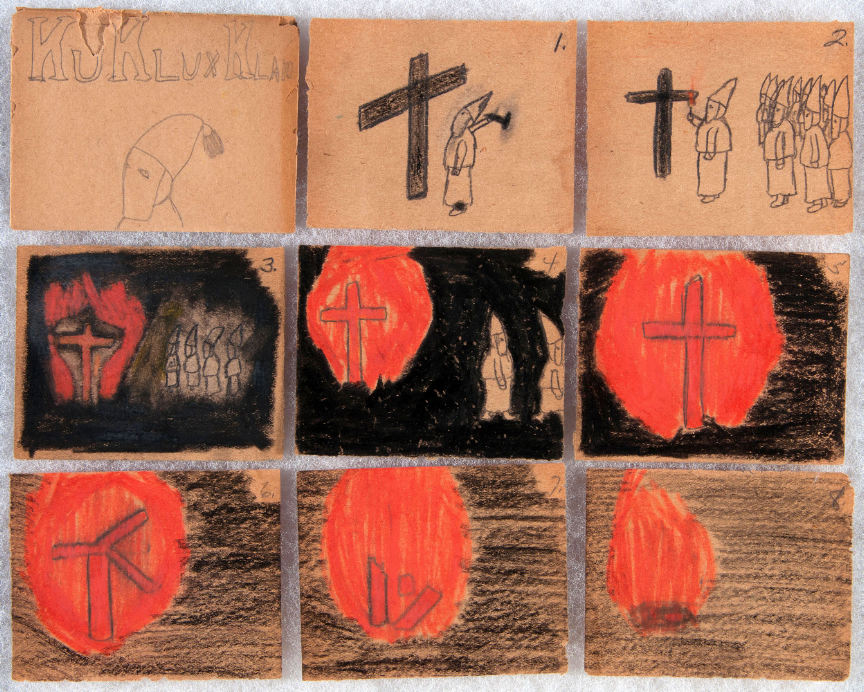
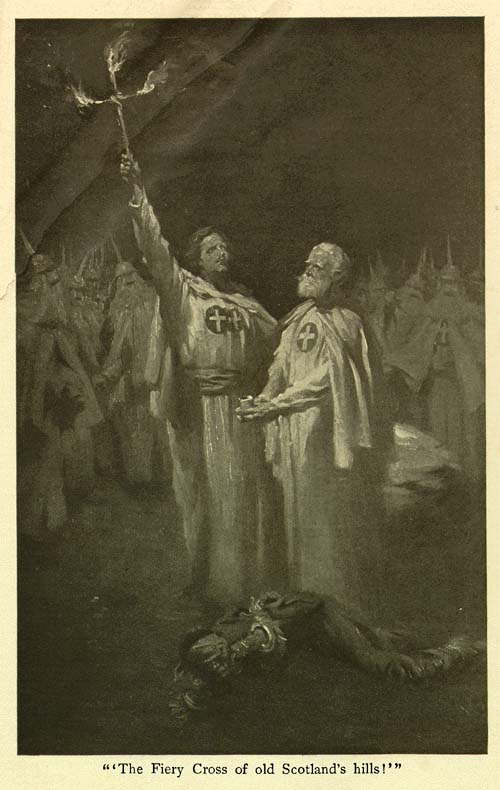
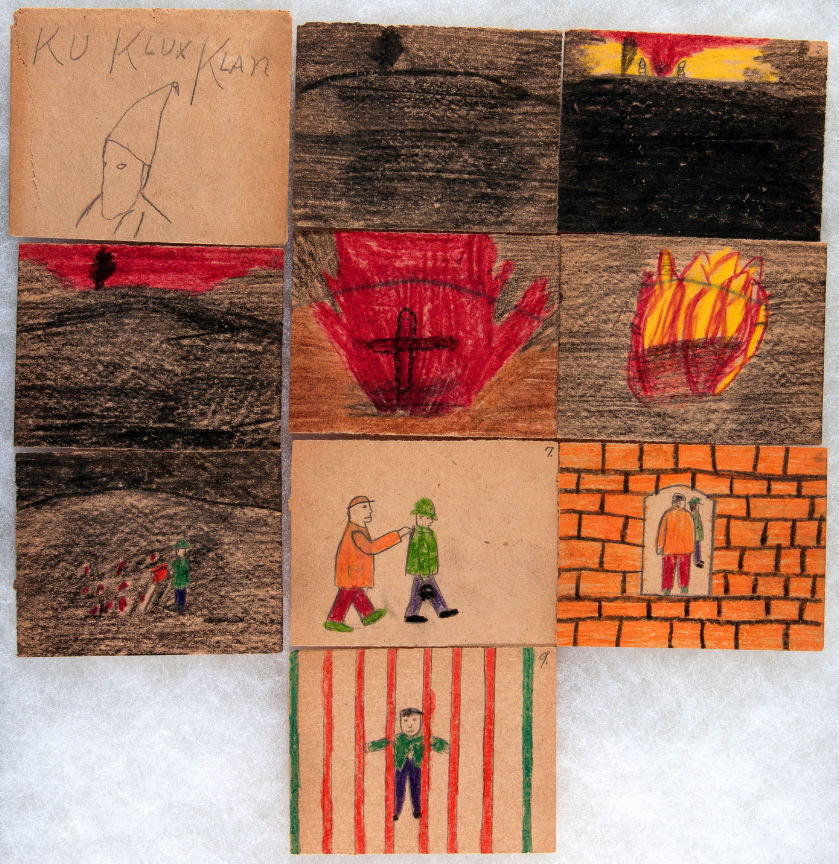
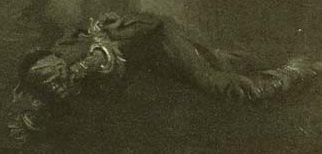
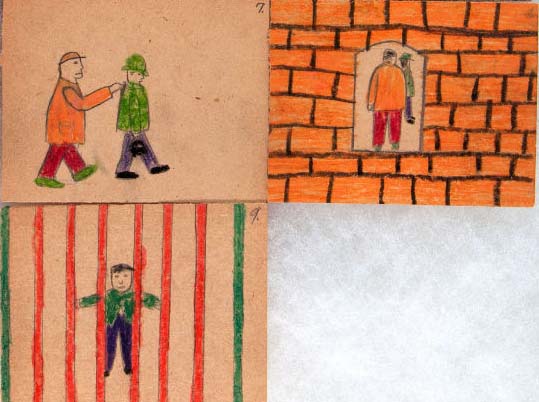
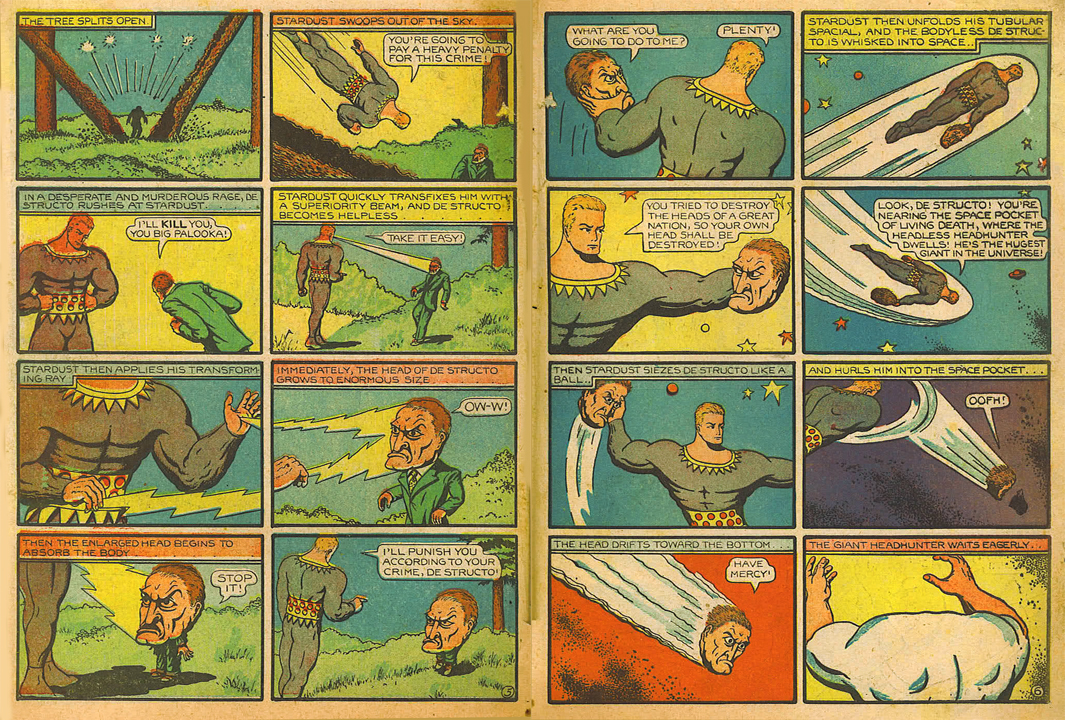
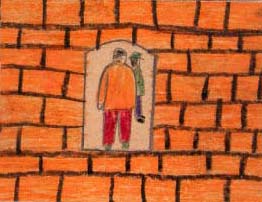
This is fascinating. I’m supposed to be grading midterm essays right now (!) but I had to stop to read this. Apologies in advance if this is common knowledge and I missed it Suat, but I’d love to know more about what you are alluding to with your use of “first” and “last” in your discussion of Deiner as outsider cartoonist? And could you say more about the connection you are making here with Crumb (perhaps these two questions are related.) Does the reference to the interview suggest that while Crumb was making comics “that looked as if they were one thing but were actually something else,” here we have a young, future Klansman who was much less self-conscious in his representation of “what was going on inside white people”?
Images like the Keller painting exalt the act of cross burning by making a point to depict the “fiery cross” only when it is lit (lighted?) but rarely do they show it crumbling or in ashes. At least this is my understanding. I’m struck by the fact that Deiner demystifies the act by showing the stages of burning and ending with empty smoldering space, further adding to the complications posed by those prison bars. (Also reminds me of a recurring image in the EC story “Blood Brothers,” lol… just kidding, I won’t go there.)
So someone is really selling this. Would it be worth less if the artist was an unnamed child rather than one “who became a Klansman as an adult”?
Oh yeah, “Blood Brothers” – well meaning but stupid if not utterly grotesque. Racism will be cured by giving “black blood” to white people and letting them know about it…
Hmm, I really don’t know if the asking price for the art would be less if the child didn’t grow up to be a Klansman. Do white supremacists pay attention to Hake’s Online Auctions? What surprised me was that this is being sold as a piece of comics original art and not some sort of historical memorabilia/artifact.
The whole thing about first/last was meant to be as ambiguous as a first sighting of this kind of comic. One of the things I was trying to get at is that the art comics scene seems to have a history of “adopting” fascist-racist ideas/cartoonists in the form of outsider art or even as great artistic statements. Darryl Ayo alludes to this in his comment on that Karn’s Fukitor comic. You think it would get boring but nope, it keeps coming back.
You only need to imagine the KKK comic above being drawn by a kid terrorized-fascinated by the KKK in his neighborhood (but not growing up to be an out and out racist or Klansman) to see another link to Crumb’s “look as if they are one thing but are actually something else” comics. And then there’s the nostalgia.